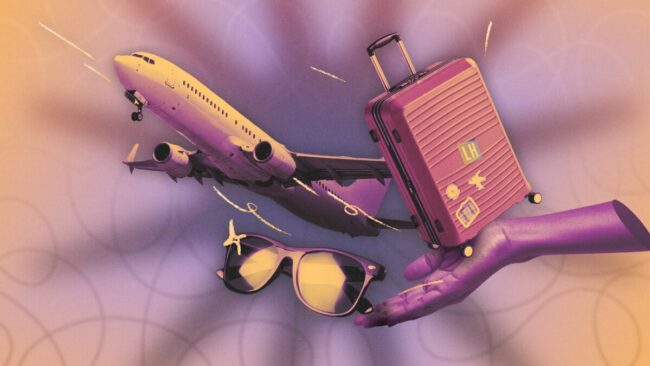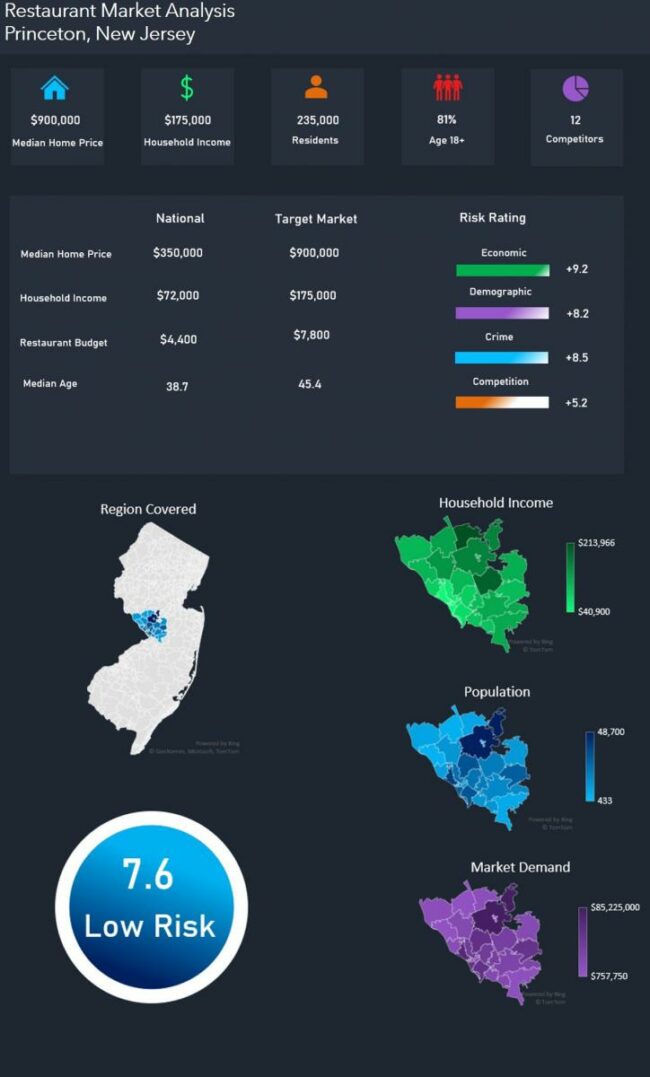10 Hacks Every Traveler Should Know
… Here are the essential travel hacks everyone should be … implementing, whether you’re traveling for pleasure, business, or … when most tourists aren’t there. Most people travel for pleasure … valuables or your essential travel documents, the worst thing …








